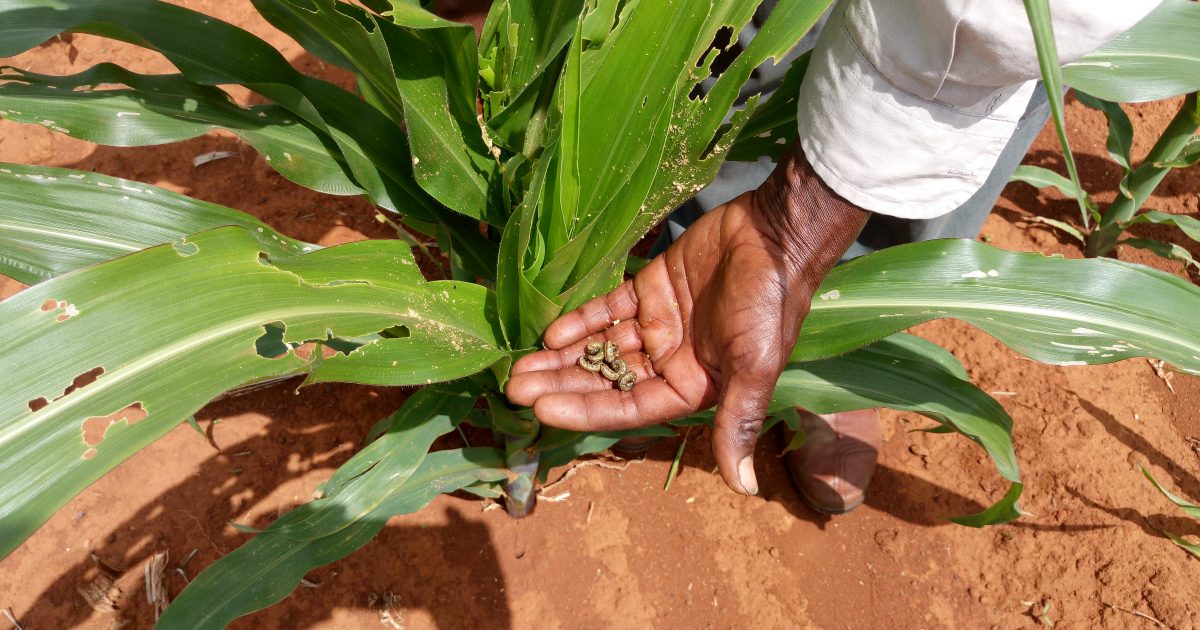Experts have warned that climate change has led to the emergence of new pests and diseases complicating farming activities in Kenya.
The Agrochemicals Association of Kenya (AAK) has expressed concern that the emergence of new diseases and invasive pests was destroying agricultural crops and forest cover threatening food security and the environment.
According to AAK Stewardship Manager Benson Ngigi, the notorious pests in this category include leaf miners, fruit flies, red spider mites, and larger glam borer among others that are ravaging the crops of farmers.
He listed emerging diseases as anthracnose in beans and avocado, Bean spot, maize lethal necrosis, and tomato nematode. He was speaking during a training of Service Spray Providers at a Nakuru hotel.
Ngigi stated that due to the impact of climate change, plant pests that ravage economically important crops were spreading to their non-traditional areas due to increased rainfall and rising temperatures
He noted that Kenya being in the tropical region had favorable conditions for the growth and distribution of most pest species by providing a warm and humid environment and providing necessary moisture for their growth.
Ngigi observed that half of all emerging plant diseases are spread by global travel and trade, which have tripled in volume over the last decade, while the weather is the second most important factor.
He added that pests are often impossible to eradicate once they have established themselves in a new territory, and managing them is time-consuming and expensive.
He, however, advised farmers to use various methods in mitigating farm losses through various means, such as the culture method, biological and pesticide control. He added that adopting a mixed approach in the management of these pests and diseases was the most effective option.
“There is a need for more research into the impact of climate change on pests and hence, on plant health; and for more investments in strengthening national phytosanitary systems and structures,” he noted.
The UN Food Agriculture Organization (FAO) estimates that annually up to 40 percent of global crop production is lost to pests. Each year, plant diseases cost the global economy over $220 billion, and invasive insects at least $70 billion.
FAO also stresses the need for more research into the impact of climate change on pests and hence, on plant health; and for more investment in strengthening national phytosanitary systems and structures.
By Veronica Bosibori and Charloth Chepkemoi





